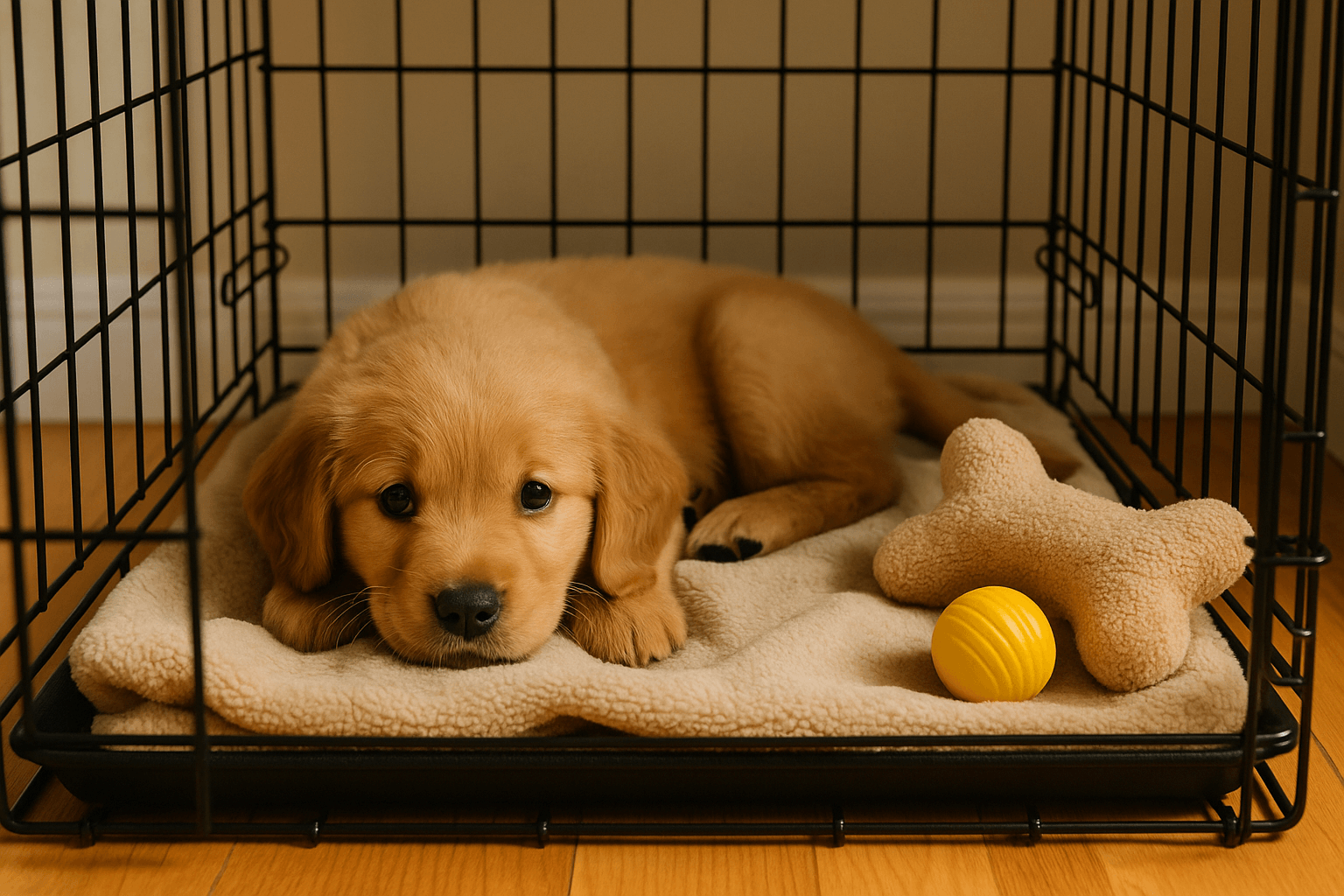How to Safely Introduce a Dog to a Cat
Bringing a dog and a cat together in the same home can be rewarding—but it requires a careful, thoughtful approach. Some pets may bond instantly, while others need time and structure to adjust. This guide walks you through every step to ensure a safe, low-stress introduction between your dog and cat.
Step 1: Prepare Your Home in Advance
Before the first meeting, set the stage to prevent stress and conflict.
- Create separate zones: Each pet should have its own space with food, water, and bedding. The cat should also have access to a litter box and elevated hiding spots.
- Install barriers: Use baby gates or pet pens to allow your pets to see or smell each other without direct contact.
- Train your dog first: Make sure your dog understands basic obedience commands like sit, stay, and leave it.
- Swap scents: Place a blanket or towel with your dog’s scent in the cat’s space—and vice versa—to build familiarity before they meet.
Pro Tip: Feeding them on opposite sides of a closed door can help associate each other’s presence with something positive.
Step 2: Controlled Scent Introduction
Let your pets explore each other’s scent without direct interaction.
- Gently rub each animal with a soft cloth and place it near the other pet’s resting area.
- Rotate access to shared spaces (without pets seeing each other) so they can sniff around and gather information.
- Watch for reactions like growling, hiding, or hyper-focus—and slow down if needed.
Important: If either pet reacts negatively to the scent alone, wait before moving to the next step.
Step 3: First Supervised Meeting
When both pets are calm around each other’s scent, it’s time for a brief, controlled introduction.
- Keep the dog on a leash and ensure the cat has an easy escape route.
- Keep the session short—just a few minutes is enough for the first time.
- Reward calm behavior from both pets with praise or treats.
- Avoid forcing interaction. Let the cat choose to approach when comfortable.
Note: It helps to exercise your dog before the meeting to reduce excess energy and excitement.
Step 4: Increase Time Gradually
As your pets become more comfortable, gradually extend the length and closeness of their interactions.
- Use a baby gate to allow them to see each other while remaining safe.
- Supervise each session closely and end on a positive note.
- Increase freedom only if both pets remain calm.
- Watch closely for signs of stress like pinned ears, growling, stiff body posture, or avoidance.
If needed: Redirect your dog’s attention with training commands if they fixate on the cat.
Step 5: Transition to Unsupervised Time
Only allow unsupervised interaction when both animals have consistently behaved well together.
- Begin with short periods while you’re nearby.
- Ensure your cat has safe retreat spots like shelves, beds, or cat trees.
- Feed pets separately to avoid resource guarding.
- Continue watching for subtle signs of stress, even after weeks of peace.
Some pets take days to adjust. Others may take months. Be patient.
Common Mistakes to Avoid
- Rushing the introduction: Take it slow, even if one pet seems eager.
- Forcing interaction: Let trust build naturally over time.
- Punishing fear or stress: Use positive reinforcement instead.
- Leaving them alone too early: Never leave pets unattended until you’re fully confident in their relationship.
Final Thoughts
Introducing a dog to a cat isn’t always instant—but with patience, structure, and consistent supervision, many dogs and cats can learn to live together peacefully. Some may even form lifelong friendships.
